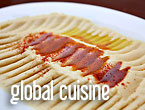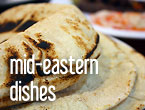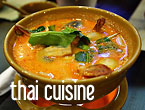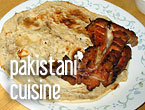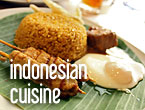Vietnamese Cuisine: A Healthy Alternative
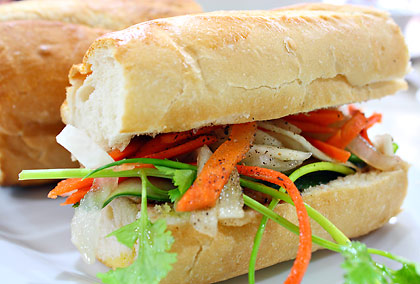
You don’t have to travel to Vietnam these days to enjoy authentic Vietnamese food. Vietnamese restaurants owned and operated by immigrants have sprouted up in various cities of the world to cater to food adventurers like us. However, our visits to Vietnam in years past have allowed us to get better acquainted with Vietnamese cuisine right at its home. Consequently we have come to appreciate its taste, the freshness of its ingredients and, because of it strong vegetarian tradition, its healthy approach.
A Healthy Tradition
We’ve often wondered why most of our Vietnamese friends are trim compared to most Filipinos. It certainly isn’t because of the volume of food they consume. Once we had some young Vietnamese friends come over to our place in Baguio City for a project. Wanting to give us a treat they cooked bánh xèo, a savory pancake made of pork, shrimp, bean sprouts and various vegetables. It was really delicious and we ate 3-4 cakes each. Our Vietnamese friends were surprised and asked if we didn’t like it. Turns out they can polish off more than twice as many bánh xèo as we could!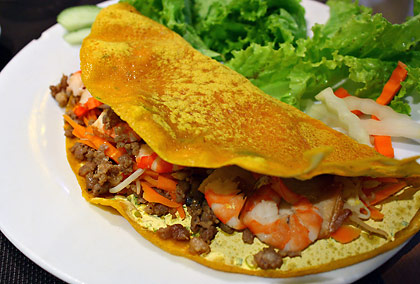
A bánh xèo.
After spending some time in Vietnam the reason became obvious. Many Vietnamese would consume a hefty quantity of food during meals but they were mostly vegetables. We often saw them with a mound of greens at their plates, literally. A variety of herbs including lemongrass, mint leaves, coriander and basil leaves are generously utilized. Any dish without vegetables is considered incomplete. And they’re mostly fresh. Vegetables are rarely cooked and, if ever, are steamed, boiled or briefly stir-fried. The Vietnamese have a strong vegetarian tradition influenced by Buddhist values. For these reasons traditional Vietnamese cuisine is probably one of the healthiest in the planet.
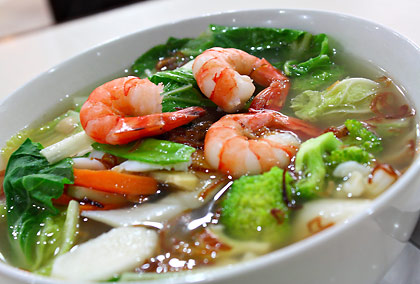
A seafood pho.
Originally from north Vietnam, pho is a popular noodle soup made by a long boiling of meat and spices to produce a clear but rich broth. There are many versions of pho depending on the type of meat used – usually beef or chicken and sometimes seafood as shown in the photograph above. In south Vietnam, vegetables (including bean sprouts) and different herbs are added. Probably the most popular type of pho are the beef variants with slices of semi-cooked beef. Cooking the meat briefly serves to preserve their texture and color. One can now easily find pho in many Vietnamese restaurants all over the globe. Our favorite sauce concoction for the pho is one that uses a combination of Huy Fong sriracha and hoisin sauce. The former was popularized in America by an ethnic Chinese family from Vietnam as a condiment for the pho.
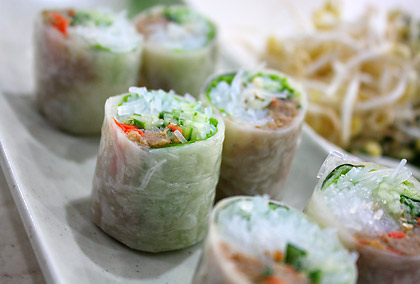
Goi cuon: fresh rolls or summer rolls. Often mistakenly called spring rolls outside Vietnam.
Whenever we dine at a Vietnamese restaurant our appetizer is, more often than not, several tidbits of goi cuon or fresh summer rolls. We’ve often referred to them as “spring rolls” but it turns out that their proper name is “summer rolls.” These are shrimp, herbs, pork, rice vermicelli and other ingredients wrapped up in opaque rice paper rolls and usually dipped in a rich peanut sauce. There are actually a wide array of spring/summer roll types in Vietnam and not just the 1 or 2 varieties we are familiar with in restaurants outside the country.
Fusing East and West
Vietnam used to be a French colony so you can safely conclude that there would be, at the very least, some French influence. You can see this in the Notre Dame Cathedral in Ho Chi Minh City, various other Roman Catholic churches in places around the country, the French Quarter in Hanoi and the knowledge of the French language by the older generation. That influence extends to Vietnamese cuisine as well.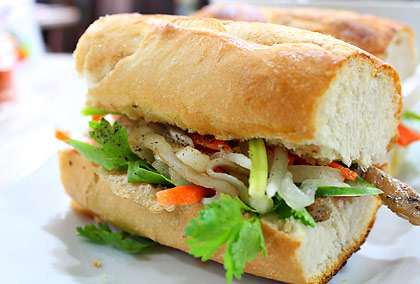
Bánh mì. This is a grilled pork version.
We’ve enjoyed French-style pastries at bakeries in Hanoi, had French baguettes for breakfast at hotels in Ho Chi Minh and even dined at some cafes in open-air European-style. But perhaps no other dish better illustrates the French influence and the Vietnamese ingenuity at fusing the eastern and western culinary divide than the bánh mì – the Vietnamese baguette or sandwich. This is a baguette or French bread with pâté, Vietnamese mayonnaise, cold cuts and pickled vegetables (usually slices of radish, carrot and cucumber). Pepper and coriander leaves (Chinese parsley or cilantro) are added as condiments. This was our favorite Vietnamese food during our stay in San Diego, where there is a sizable Vietnamese community. Nina says, however, that the best bánh mì she had tried was in the streets of Da Nang.
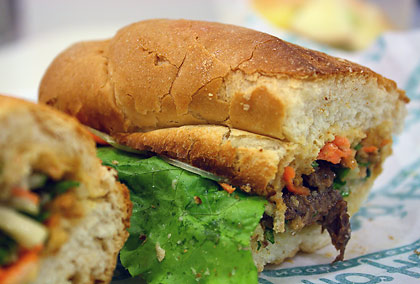
Sirloin beef bánh mì.
Another favorite of ours, and a beverage with strong French influence, is cà phê sua dá or Vietnamese iced coffee. This is strong coffee served with plenty of crushed ice and sweetened with condensed milk. We’ve tried this in a few restaurants outside Vietnam but have ended up disappointed for the most part. For whatever reason, the best Vietnamese iced coffee we’ve had is still to be found inside Vietnam itself.
Taking it to the Streets and Other Exotic Dining Experiences
Many Vietnamese prefer to eat out. A variety of restaurants exist from newer places serving local food served with a European touch to family-owned restaurants with wooden furniture serving traditional fare. But wanting a novel cultural experience we tried Vietnam's street stalls. It seems that almost every street corner in the major cities has a line of open-air food stalls where customers take their place amidst folding tables and colorful plastic chairs that are often too short for the western tourist. As we already mentioned Nina had her best bánh mì at a street stall in Da Nang. We’ve generally found that food in small restaurants and street stalls are not only cheap but tasty as well, although the visitor not used to feasting on street food should exercise caution when street-dining.Like most other Asian countries Vietnam, has its share of exotic culinary fare. Silk worms, sparrows, doves and dogs are sometimes served on the dinner table as well as banana flowers (the Filipino version, cooked in coconut milk with vinegar added, is one of Leo’s favorite Filipino vegetable dishes). Our biggest surprise though was to learn that the Vietnamese also have their own balut (hot vit lon) – a fertilized duck egg with an embryo inside which is boiled and eaten. It turns out that balut is not native to the Philippines. Leo’s Chinese ancestors brought it with them to the country a few centuries ago when they settled in the town of Pateros (Leo’s hometown). The Vietnamese could have gotten it from the Chinese as well. Even more interesting is that the Vietnamese also have a quail egg version of the balut which Leo had fun pricking open with a toothpick (to suck the juices out before eating the embryo inside).
Balut is not exactly your healthy alternative due to its high cholesterol content but it’s an exception to the rule. We’ve found that much of Vietnamese cuisine is both healthy and tasty – a seemingly unlikely combination in today’s culinary world. And that is the reason why we always keep coming back to it.


